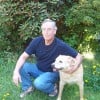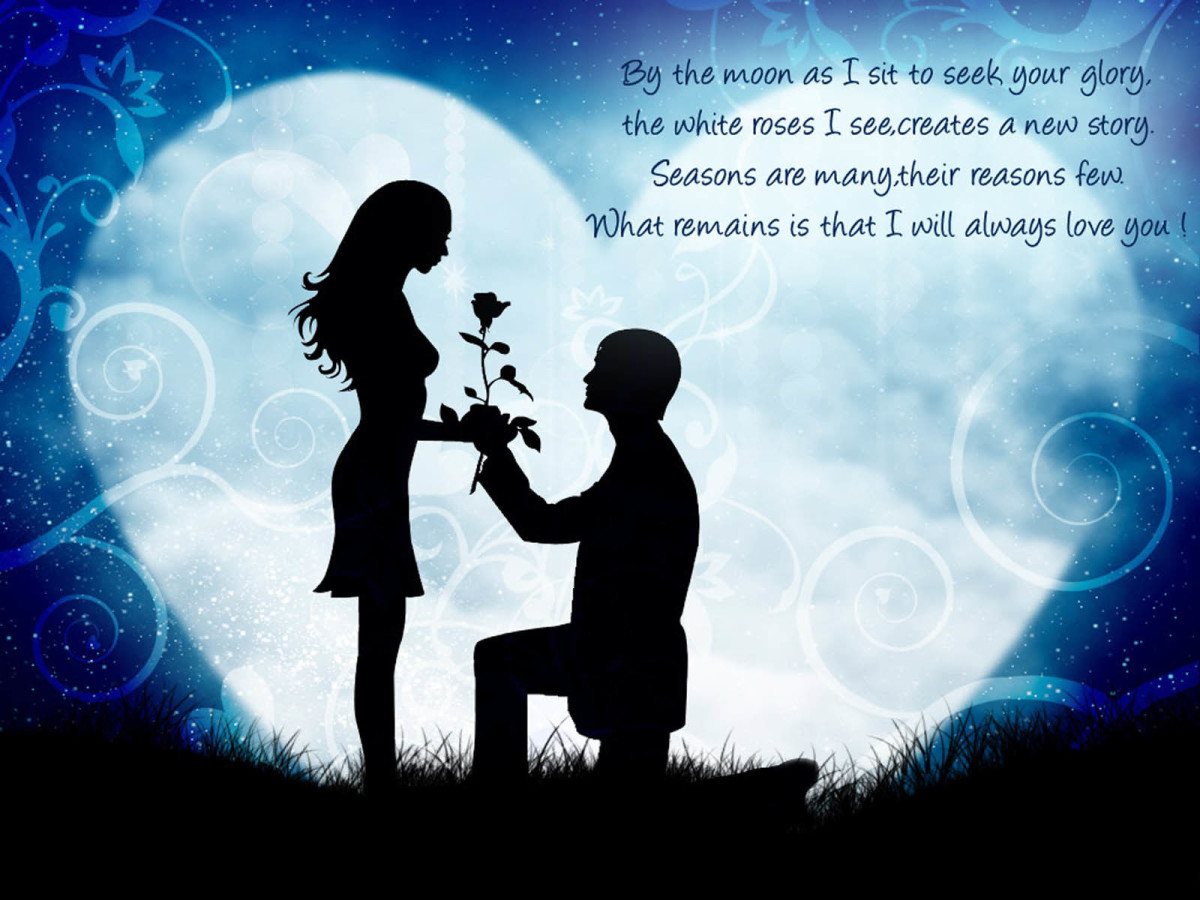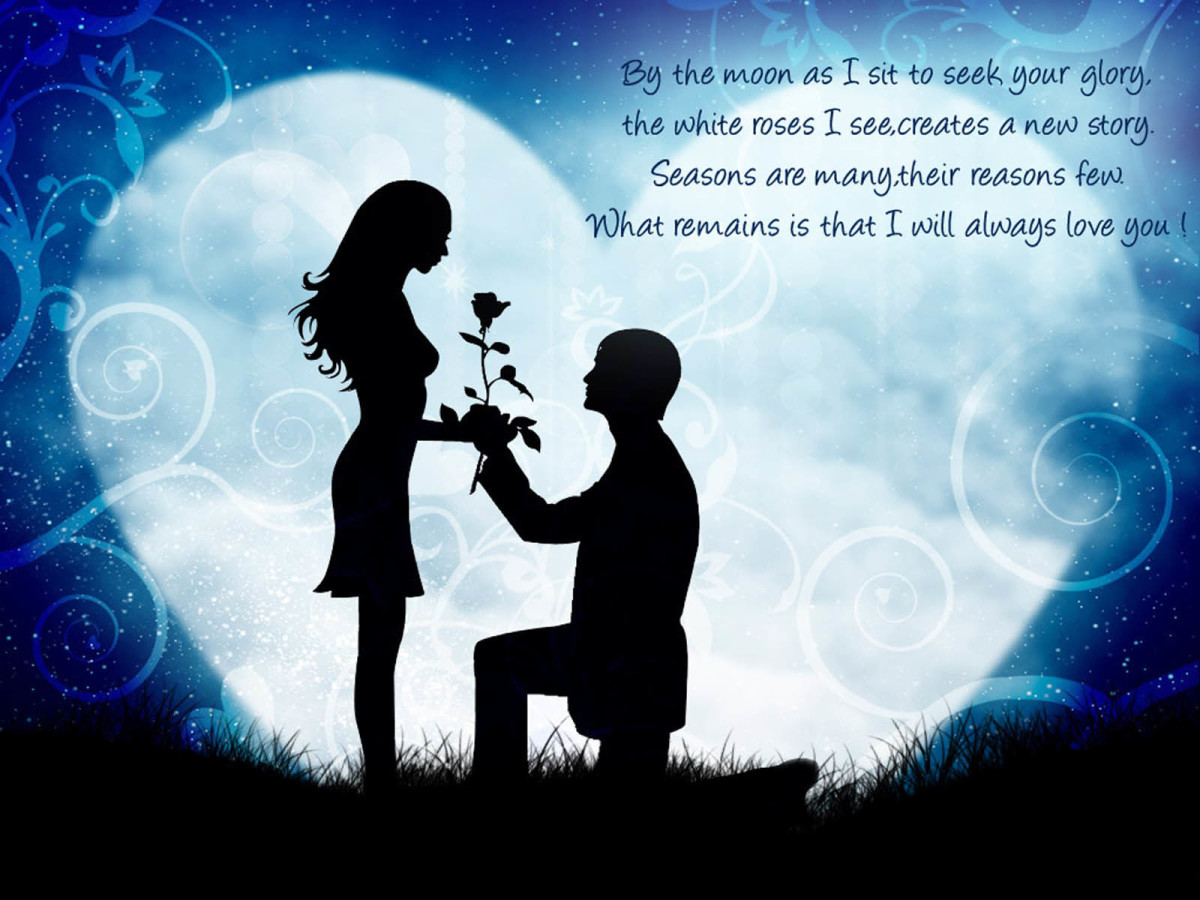My Novel Writing Process
Some Initial Thoughts
Is there only one way to write a novel? Of course not! The end result is all that matters for an author. How you get to the finish line does not matter. The only truly bad novel, in my humble opinion, is an unfinished one, so don’t get hung up on the process and forget the goal.
Having said that, what follows is the process I use when writing novels. It is not Gold Seal Certified. It is just my way. I share it with you in hopes that it will help clarify the mystery of novel-writing for some, and for others that it might give them food for thought as they prepare to embark on the 100,000 word journey.
My way is no better or worse than any other way. It is simply my way.
I just finished the first draft of my latest novel, Shadows Kill, a psychological thriller that deals with serial killers and vigilantes. I have written two other novels, and I have an outline in my head for the next one, which I will begin after the first of the year. All three novels to date were written using the process I’m about to explain. Hopefully you’ll find something in this article that will help you.

It Begins with a Question
The inspiration for my novel came from a fleeting thought about vigilantes. I was thinking of an old movie called “Death Wish,” with Charles Bronson as the lead character. I was also thinking of Hannibel Lecter from “Silence of the Lambs.” From those two random thoughts a novel emerged.
I then asked the questions I ask before I start any novel:
“What if such and such happened? What would be the outcome?”
Once I have answered those two questions, I then devise an opening scene and an ending. The rest of the novel is up to the characters to tell.

Who Are My Characters
I sit down and “invent” characters. I’ll have a lead character and two or three supporting characters, and I then write a biography for those characters so I can get to know them as real people.
Once I know them then I feel safe in tossing them into the story and allowing them to tell it. As each scene unfolds I ask myself how my main character would react to a certain situation. How would the supporting characters act, based on their biographies? I need to stay consistent with who the characters are. I can’t portray a character as a caring human being and then have her cussing out her neighbors. I can’t have a horrid human being acting with compassion for someone who is hurting.
If I know my characters, then I can invent situations for them to react to, and that brings us to the next step in the process.
The First Draft
The first draft is simply story-telling at its most basic level. I do no editing during this draft. I don’t labor over word choice. I just tell the story.
Now, although that seems simple enough, telling a story of 100,000 words is, in reality, somewhat difficult, and the main reason for the difficulty is because a writer must maintain the reader’s interest for that long. Trust me when I say that is no easy task.
The task is made easier, however, by inserting “sparks” every 25,000 words. A spark is an event that ignites the story, and the general rule of thumb is one spark per 25,000 words. Simple division, then, will tell you that a book of 100,000 words should have a minimum of four sparks to maintain interest from start to finish. Any less than that and you risk imitating some Russian novelist. Any more than that and you risk a breakneck pace that could greatly affect the quality of your writing.
Once I have told the story from start to finish then I can get out my writing tools and give the story some body and substance, and that means it is time for the second draft.
The Second Draft
On my second draft I get down to the meat and potatoes of my novel. I delve into intense character descriptions and reflections. How does my character feel about what is happening? Does he remember things from his past that might help him deal with the sparks? How does he relate to other people in the novel? Is there some way I can make the dialogue better and more interesting?
I’ll also paint the scenery during the second draft. What kind of day is it? Is it raining, sunny, snowy, or foggy? What does each scene look like? Go into detail here so the reader can actually see the rooms, the furnishings, the shadows and the landscape. Instead of saying Bob drove from Point A to Point B, describe what Bob sees during that drive. Instead of saying Emily entered the room to confront Bob, describe the room as she sees it, and describe her feelings as she prepares for the confrontation.
Again, as a general rule of thumb, my second draft additions are about 25% of the total book. In other words, a book of 100,000 words will have about 25,000 words of meat and potatoes.
Please note once again that these are just my guidelines. I’m not saying everyone should do this. I’m just telling you what works for me. Take what you need and leave the rest.

EDITING
The first draft of “Shadows Kill” took about four months to write. I suspect the second draft will take one month, and then by the first of the year, I’ll be ready to hire an editor.
Why hire an editor?
Because I don’t trust myself to look at my novel objectively, and quite frankly, any writer who thinks they can do so is a dumby-pants.
If you want the best possible results, then spend the money to have someone do the editing, and choose your editor well. It can be costly, but it is also invaluable.
When I turn my manuscript over to my editor, she will dissect it with a surgeon’s hands. She will not only point out grammatical errors, but she will also slice and dice unnecessary phrases, and point out the illogic. It can be a painful process, but it is absolutely necessary. A writer becomes too attached to his/her work, and that’s a simple truth. Leave this phase to an expert who has no emotional attachment.
Plan on at least another month for the editing.
One final note about this stage: The bottom line is that this is your manuscript. The final decisions regarding what to keep and what to toss out are yours. You are the one who invested the long hours and effort, and you are the one who has to be satisfied when it is completed. Your editor is invaluable, but all he/she can do is advise.
Join me on my writing blog
- William Holland | Helping Writers to Spread Their Wings and Fly
Tips, suggestions and discussions about writing
And Then You Are Done
Well, you’re done with the writing stage. Next comes publishing, but why ruin a good article by talking about something that is depressing on the best of days?
I hope that helped some of you. I would love to hear the process you use, so feel free to share in the comment section below. We all learn from one another, or at least that’s how it should be.
2014 William D. Holland (aka billybuc)
“Helping writers to spread their wings and fly.”









